National parks are some of the most valuable spaces on Earth, safeguarding nature’s wonders for future generations. These parks span vast areas, often protecting diverse ecosystems and endangered species. In this article, we explore the world’s largest national parks, highlighting their immense size, location, and environmental importance.
Northeast Greenland National Park, Greenland
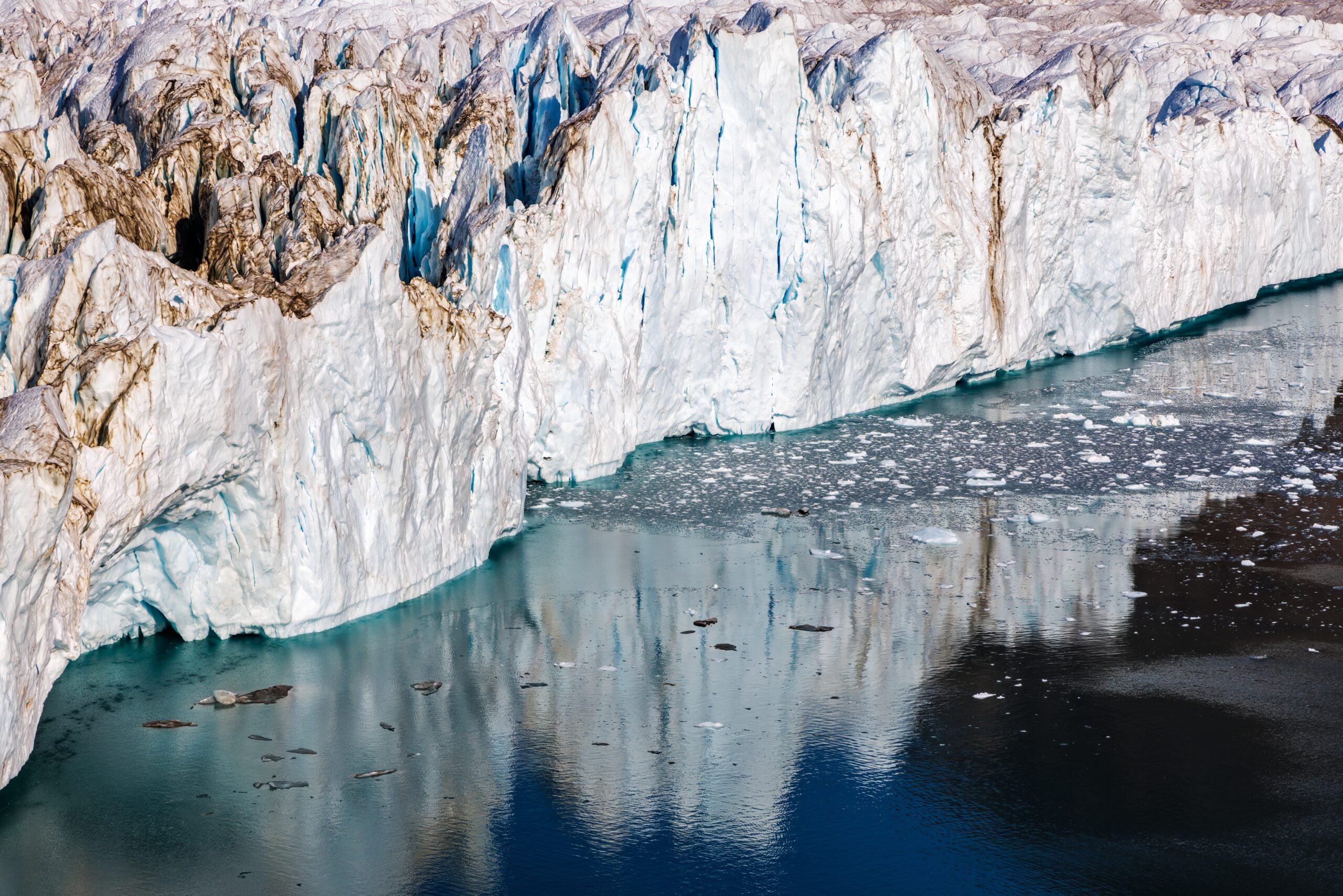
Northeast Greenland National Park, the largest in the world, covers an astounding 972,000 square kilometers. Established in 1974, it spans nearly half of Greenland’s total landmass. This park is incredibly remote, with no permanent human population, and it experiences extreme Arctic conditions. It is home to a variety of wildlife, including polar bears, Arctic foxes, and musk oxen, as well as migratory birds. The park’s untouched wilderness offers vital research opportunities for scientists studying climate change and Arctic ecosystems, while also preserving Greenland’s unique natural beauty.
Great Limpopo Transfrontier Park, Africa
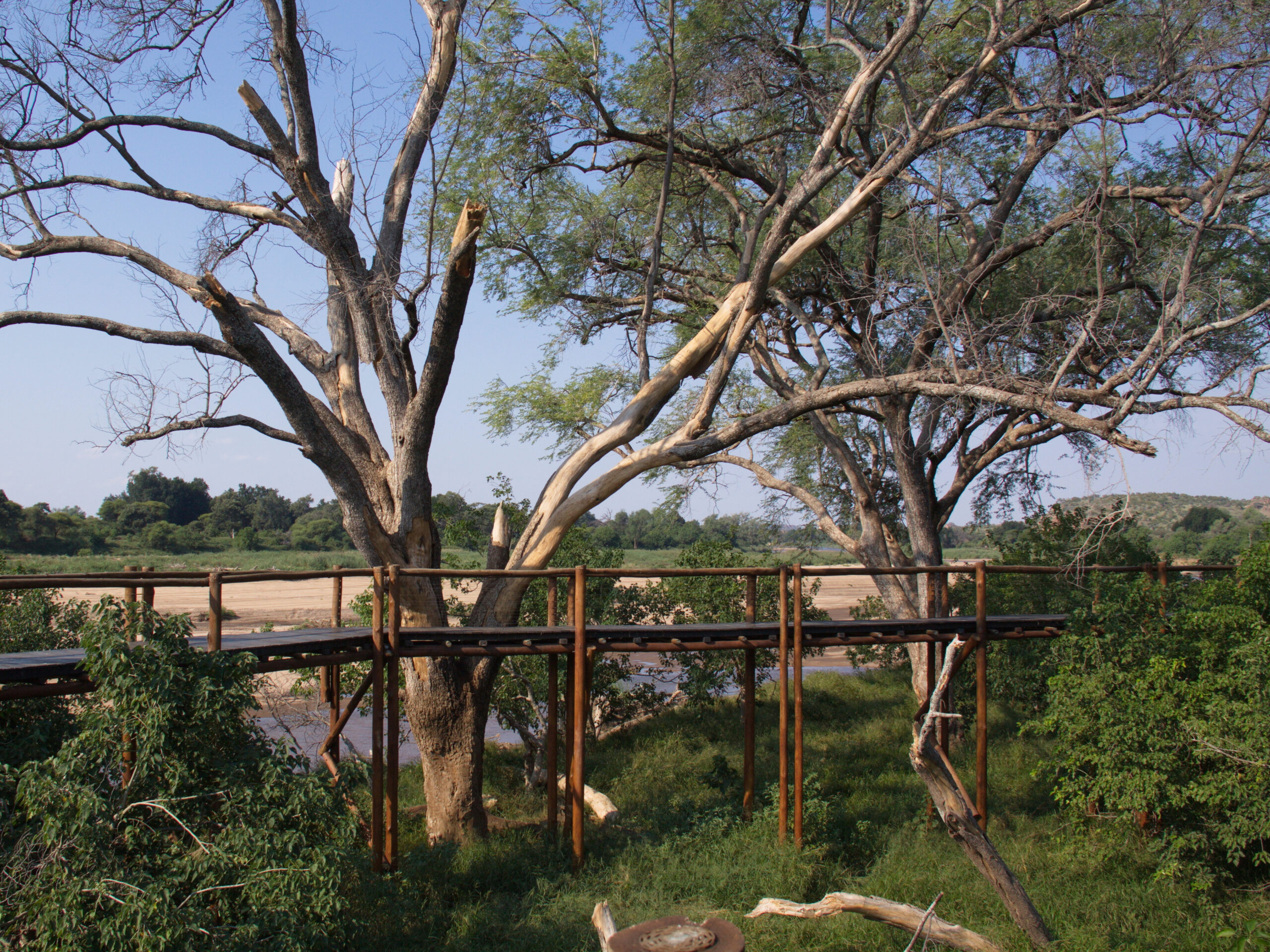
The Great Limpopo Transfrontier Park is a massive conservation area that crosses the borders of Mozambique, South Africa, and Zimbabwe. Covering around 100,000 square kilometers, it was officially formed in 2002 to link several protected areas, including South Africa’s Kruger National Park, Zimbabwe’s Gonarezhou National Park, and Mozambique’s Limpopo National Park. This park is home to Africa’s “Big Five” — lions, leopards, elephants, rhinos, and buffalo — and is crucial for protecting wildlife corridors that span the three countries. It also promotes eco-tourism and fosters collaboration in wildlife conservation across borders.
Papahānaumokuākea Marine National Monument, USA
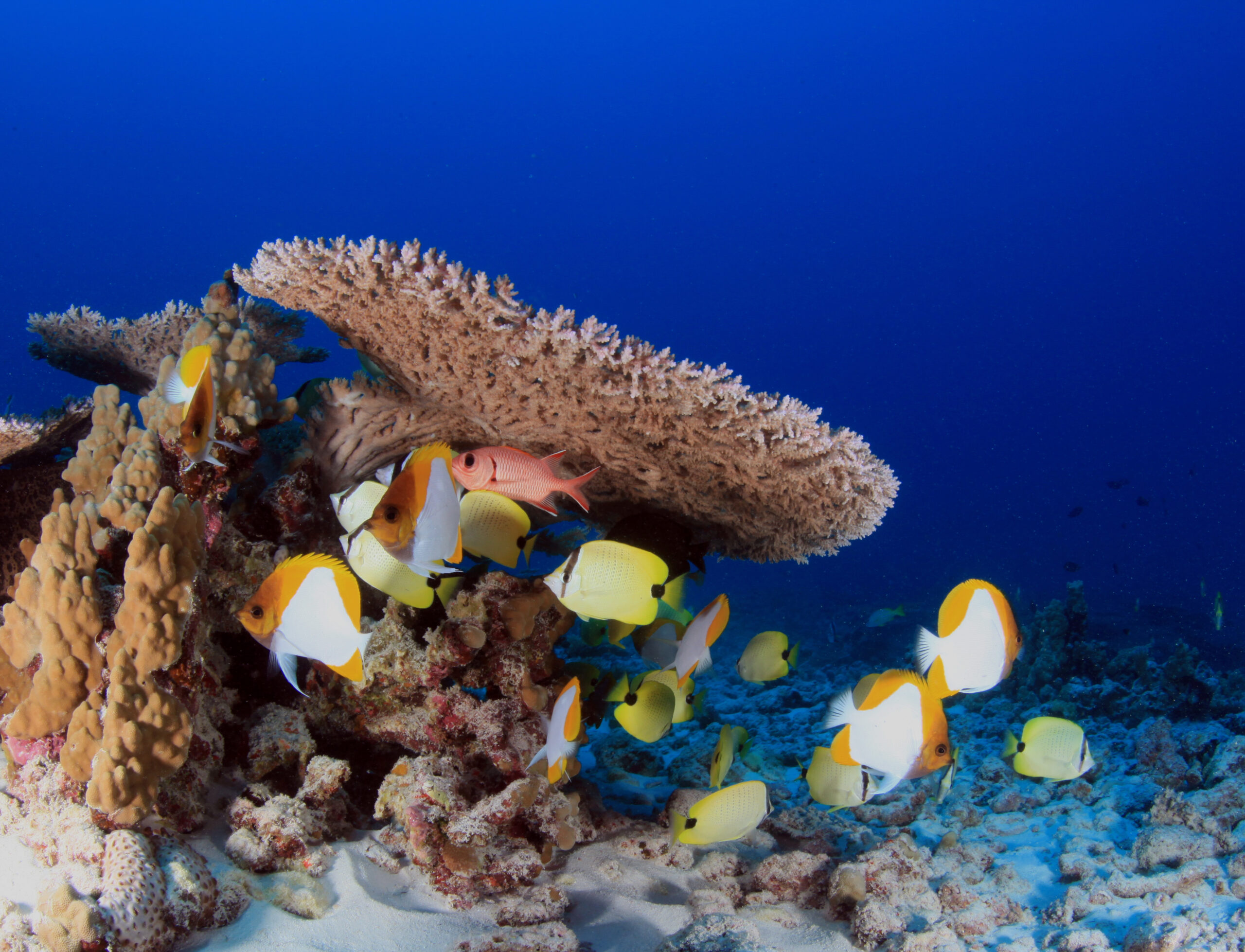
The Papahānaumokuākea Marine National Monument is one of the world’s largest protected marine areas, covering 1.51 million square kilometers. It was established in 2006 and includes a vast stretch of ocean, coral reefs, and atolls in the northwestern Hawaiian Islands. The monument protects endangered species such as the Hawaiian monk seal, green sea turtles, and several bird species, while preserving important cultural sites, including native Hawaiian burial grounds. Designated as a UNESCO World Heritage site, the park is vital for marine conservation, supporting coral reef restoration and deep-sea ecosystem research.
Phoenix Islands Protected Area, Kiribati
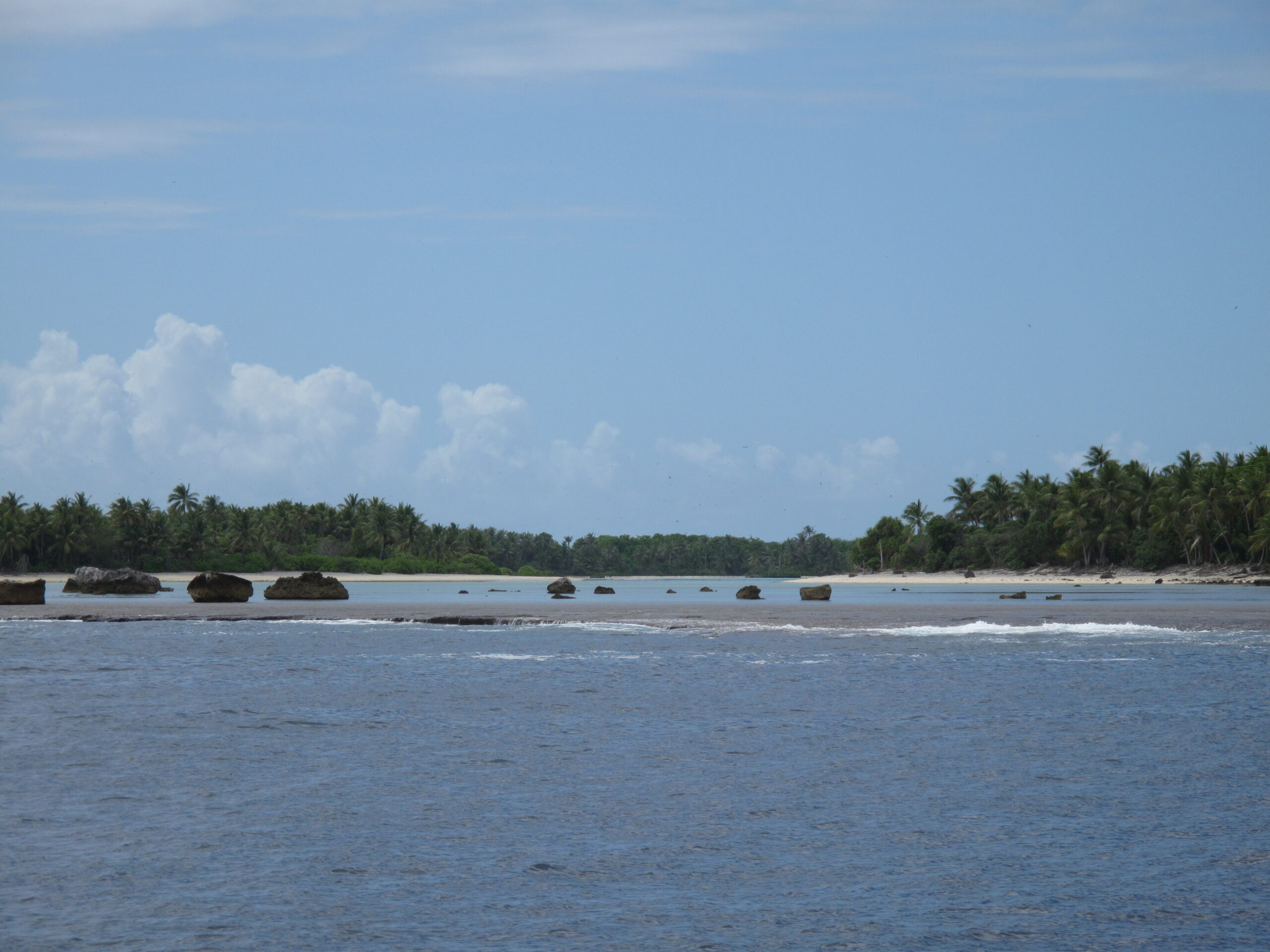
The Phoenix Islands Protected Area, one of the largest marine reserves globally, covers 408,250 square kilometers in the Pacific Ocean. Established in 2006, it forms part of the Republic of Kiribati and is a haven for biodiversity. The area is renowned for its pristine coral reefs, home to over 800 species of marine life, including sharks, dolphins, and migratory seabirds. This protected area plays a critical role in global ocean conservation and was designated as a UNESCO World Heritage site in 2010. It also helps mitigate the impacts of climate change by preserving marine habitats.
Galápagos Marine Reserve, Ecuador
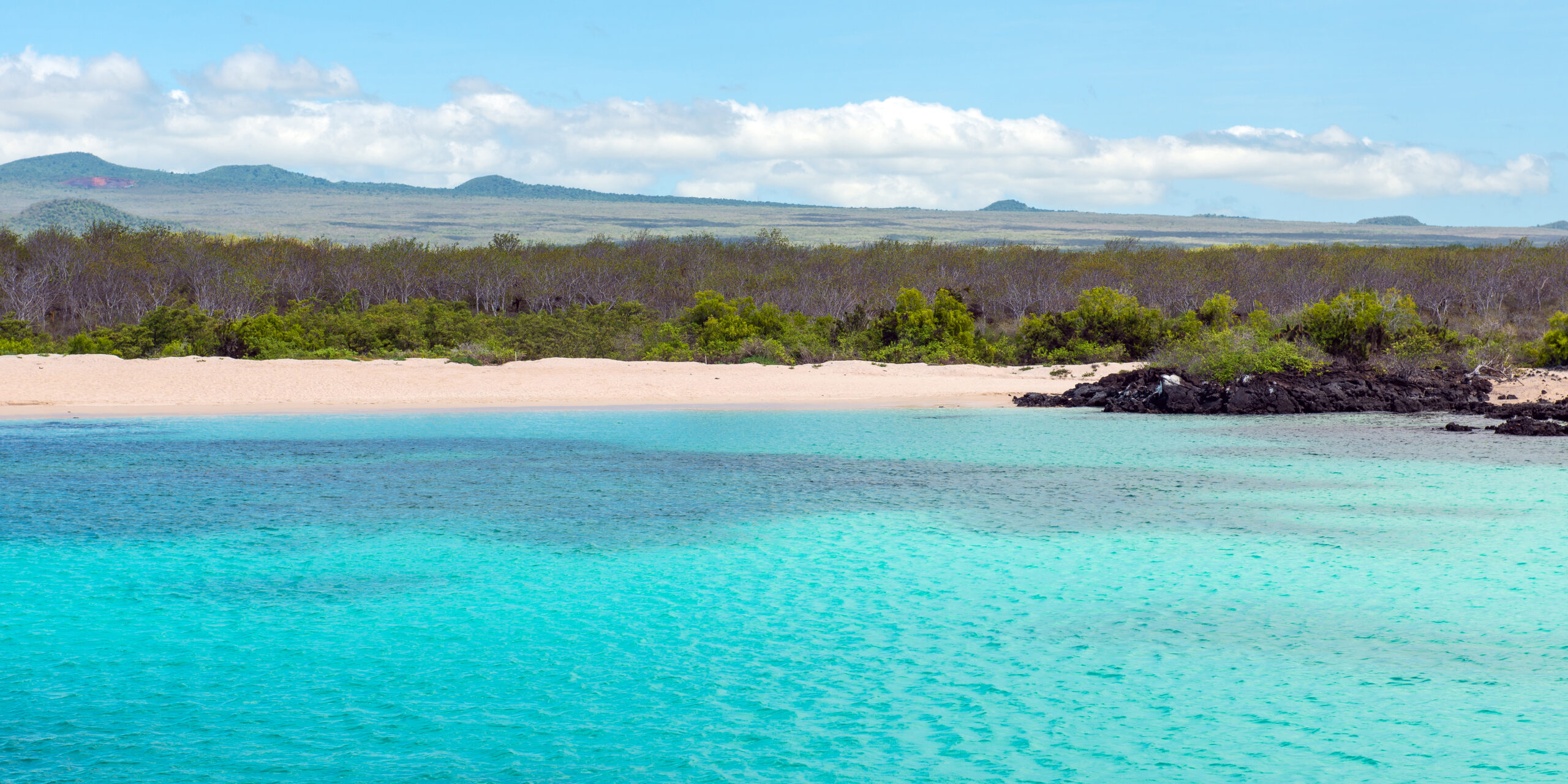
The Galápagos Marine Reserve, created in 1998, spans 133,000 square kilometers of ocean surrounding the famous Galápagos Islands. The reserve protects an extraordinary array of marine species, including sharks, rays, and sea lions, many of which are endemic to the region. In addition to safeguarding coral reefs and underwater volcanic structures, it ensures the protection of migratory species and marine biodiversity. The reserve is integral to scientific research, as the Galápagos Islands are a key location for studying evolution and ecosystems. It is also a UNESCO World Heritage site, drawing thousands of eco-tourists every year.
Namib-Naukluft National Park, Namibia
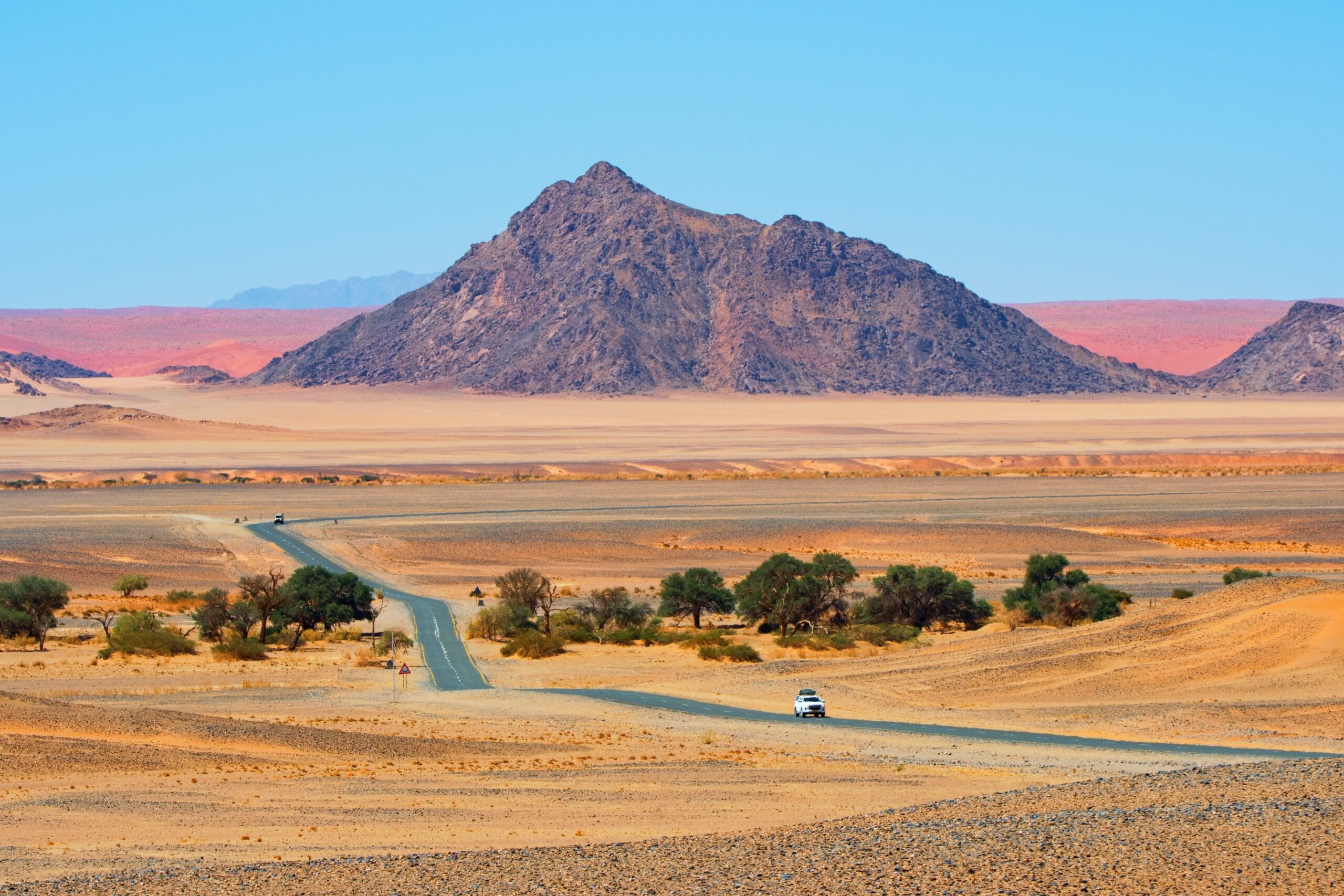
Namib-Naukluft National Park, one of Africa’s largest protected areas, covers an impressive 49,768 square kilometers. Established in 1979, it encompasses large parts of the Namib Desert, known to be one of the world’s oldest deserts. The park is famed for its breathtaking, towering sand dunes, which can reach heights of 300 meters. These dunes create stunning contrasts with the desert’s orange and red hues. Namib-Naukluft is home to desert-adapted species like oryx, Hartmann’s mountain zebras, and the elusive leopard. Its arid landscape offers a glimpse into extreme survival and beauty.
Wrangell-St. Elias National Park and Preserve, USA
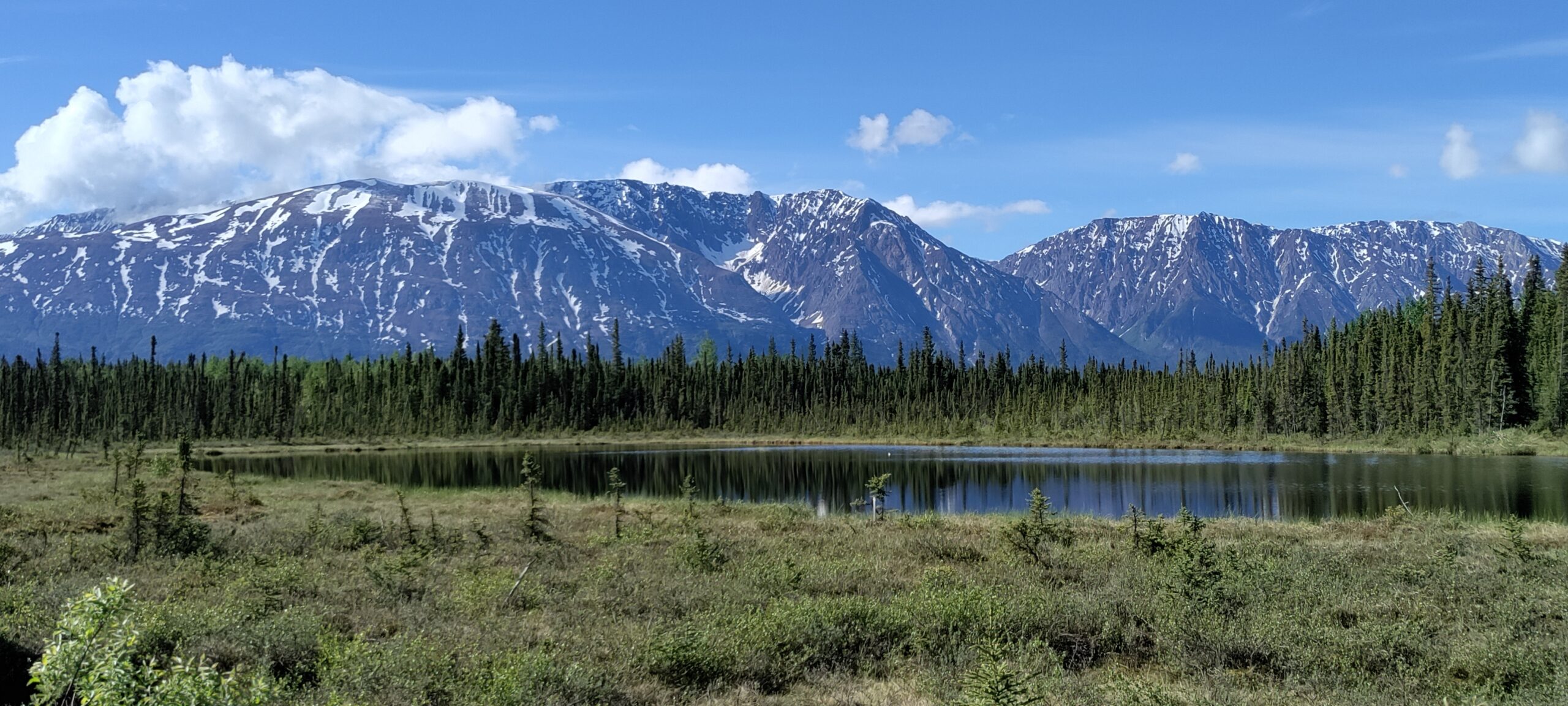
Wrangell-St. Elias National Park and Preserve, located in Alaska, is the largest national park in the United States, spanning over 53,320 square kilometers. Established in 1980, the park is a striking mix of towering mountain ranges, including the Wrangell and St. Elias mountains, some of the tallest in North America. With glaciers, volcanoes, and rugged wilderness, it represents a unique natural reserve. The park is a haven for wildlife such as grizzly bears, moose, and bald eagles. It also connects with Canada’s Kluane National Park, forming part of a UNESCO World Heritage site that protects a massive transboundary ecosystem.
Kluane National Park and Reserve, Canada
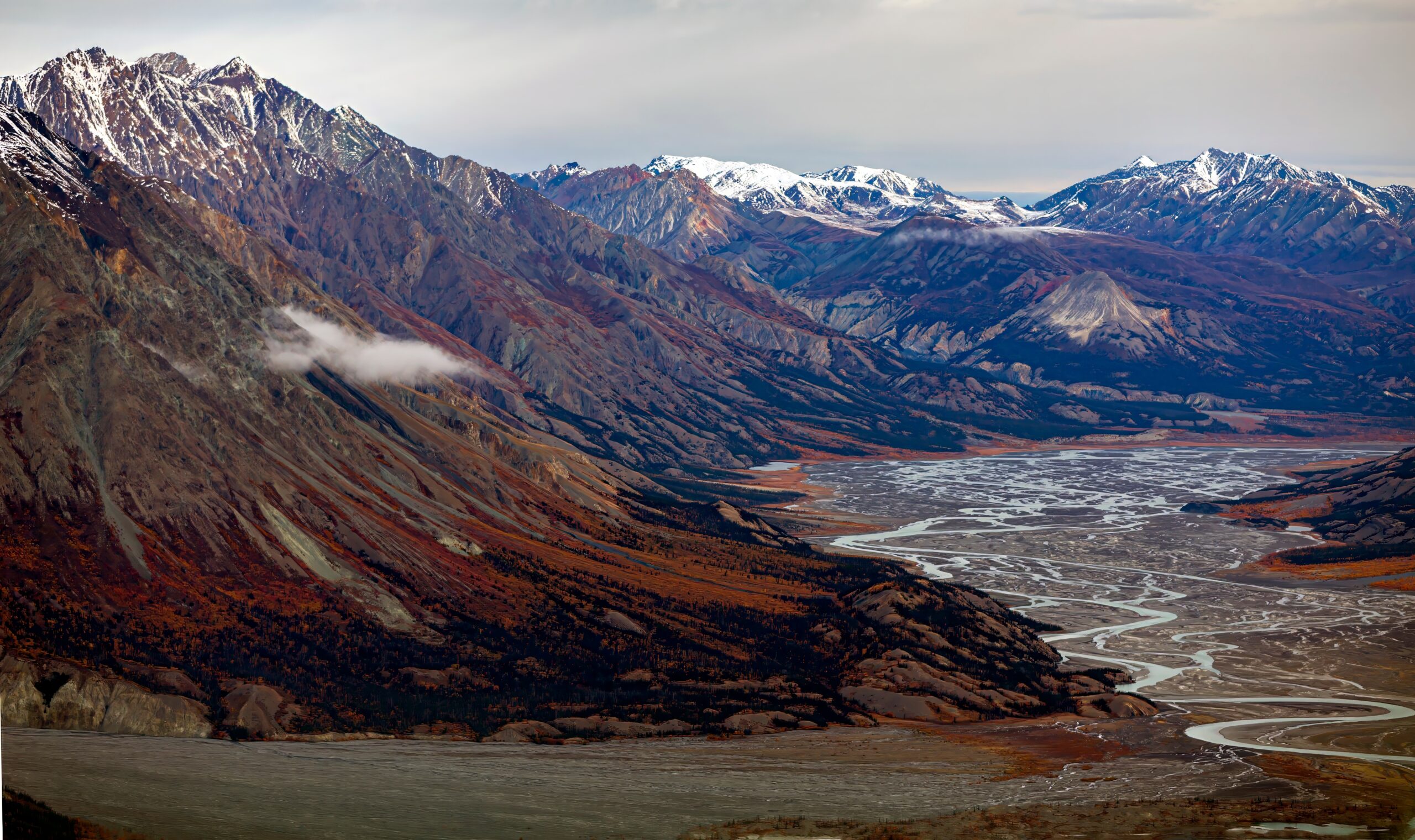
Kluane National Park and Reserve, located in the Yukon Territory of Canada, covers 22,013 square kilometers and was established in 1976. Home to the imposing Mount Logan, Canada’s tallest mountain at 5,959 meters, the park features vast icefields and glaciers, making it a prime location for mountaineers and researchers alike. The reserve protects rich wildlife diversity, including grizzly bears, wolves, and Dall sheep. Its unique landscape, with lush valleys, towering peaks, and cold glaciers, attracts visitors interested in exploring remote, untouched wilderness. Alongside Wrangell-St. Elias, it forms part of the largest non-polar icefield in the world.
Rub’ al Khali Desert (Empty Quarter), Saudi Arabia
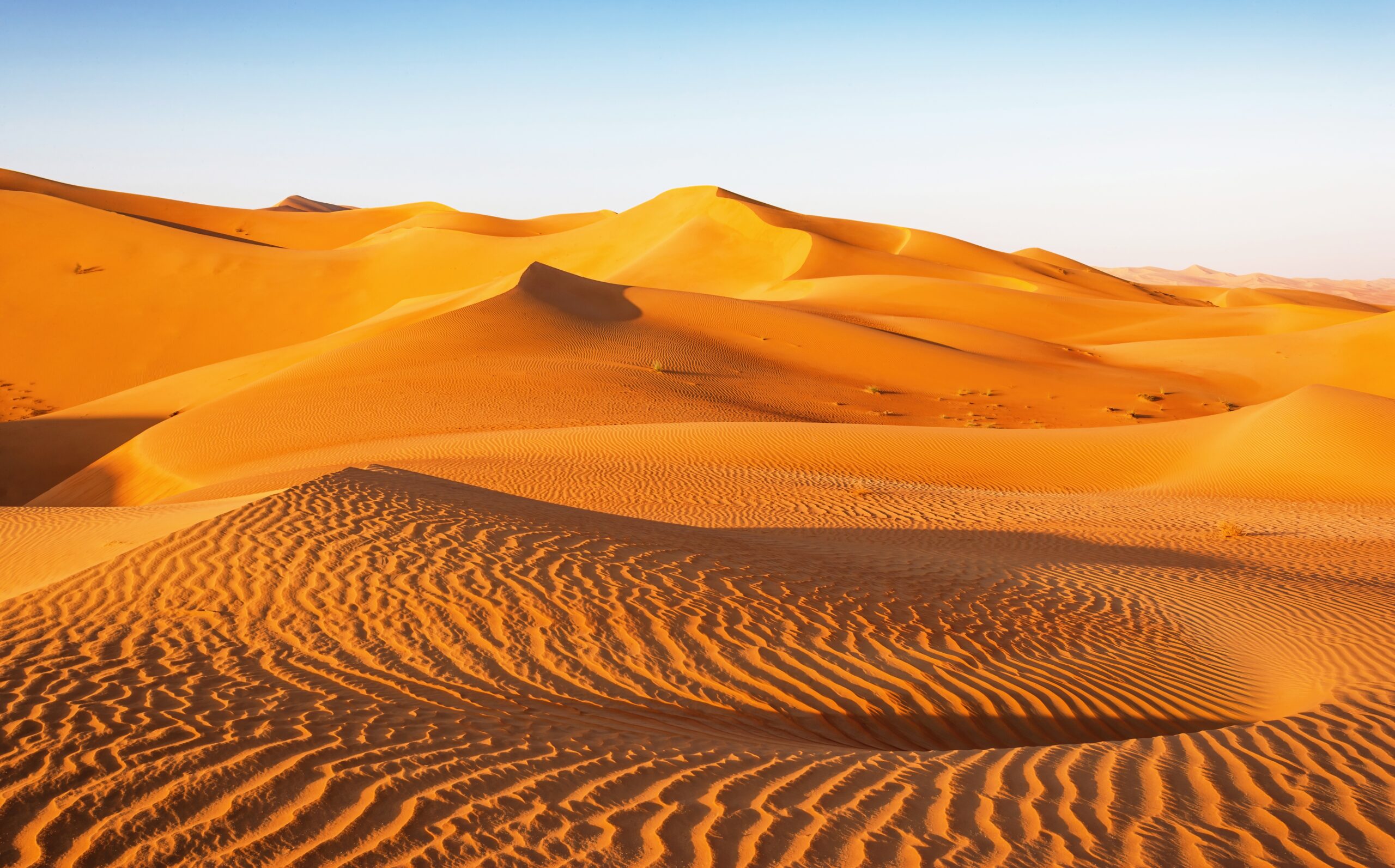
The Rub’ al Khali, or Empty Quarter, is the largest continuous sand desert in the world, covering approximately 650,000 square kilometers. Though not officially a national park, it spans parts of Saudi Arabia, Oman, the UAE, and Yemen, representing one of the harshest and most expansive desert environments on Earth. Known for its massive sand dunes, some towering over 250 meters, the desert’s extreme temperatures and shifting landscapes make it both beautiful and inhospitable. Despite its barren appearance, the Rub’ al Khali plays an essential role in the region’s ecological balance, with limited flora and fauna adapted to survive its conditions.
Sequoia and Kings Canyon National Parks, USA
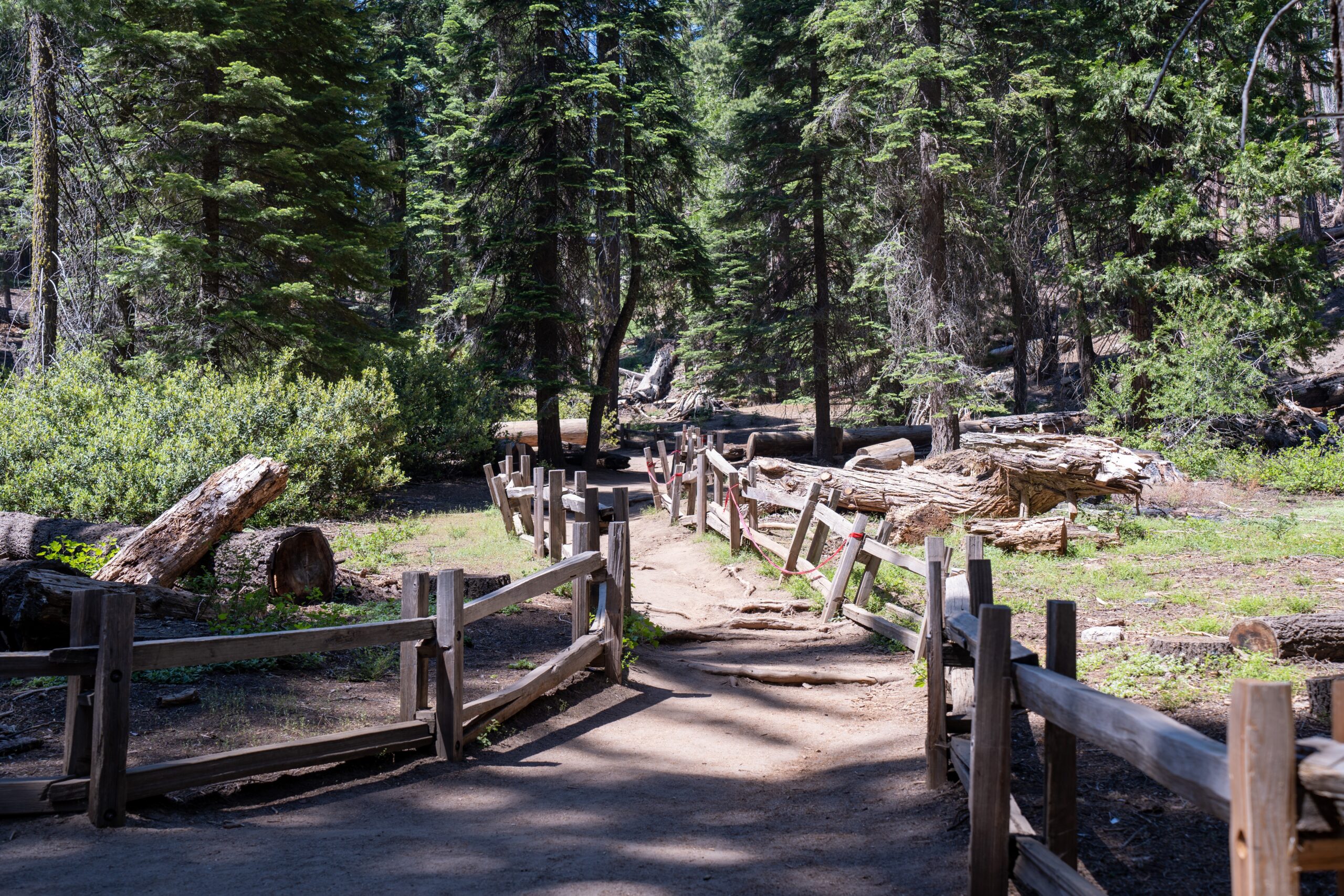
Sequoia and Kings Canyon National Parks in California collectively cover approximately 3,500 square kilometers and are some of the oldest national parks in the U.S. Sequoia was established in 1890, while Kings Canyon was created in 1940. These parks are home to some of the world’s most iconic trees, the giant sequoias, including the famous General Sherman, the largest tree by volume. The parks’ landscapes range from the giant sequoia groves to deep canyons and high mountain peaks. Sequoia and Kings Canyon preserve a rich biodiversity, providing habitats for black bears, mountain lions, and the endangered Sierra Nevada bighorn sheep.
Great Barrier Reef Marine Park, Australia
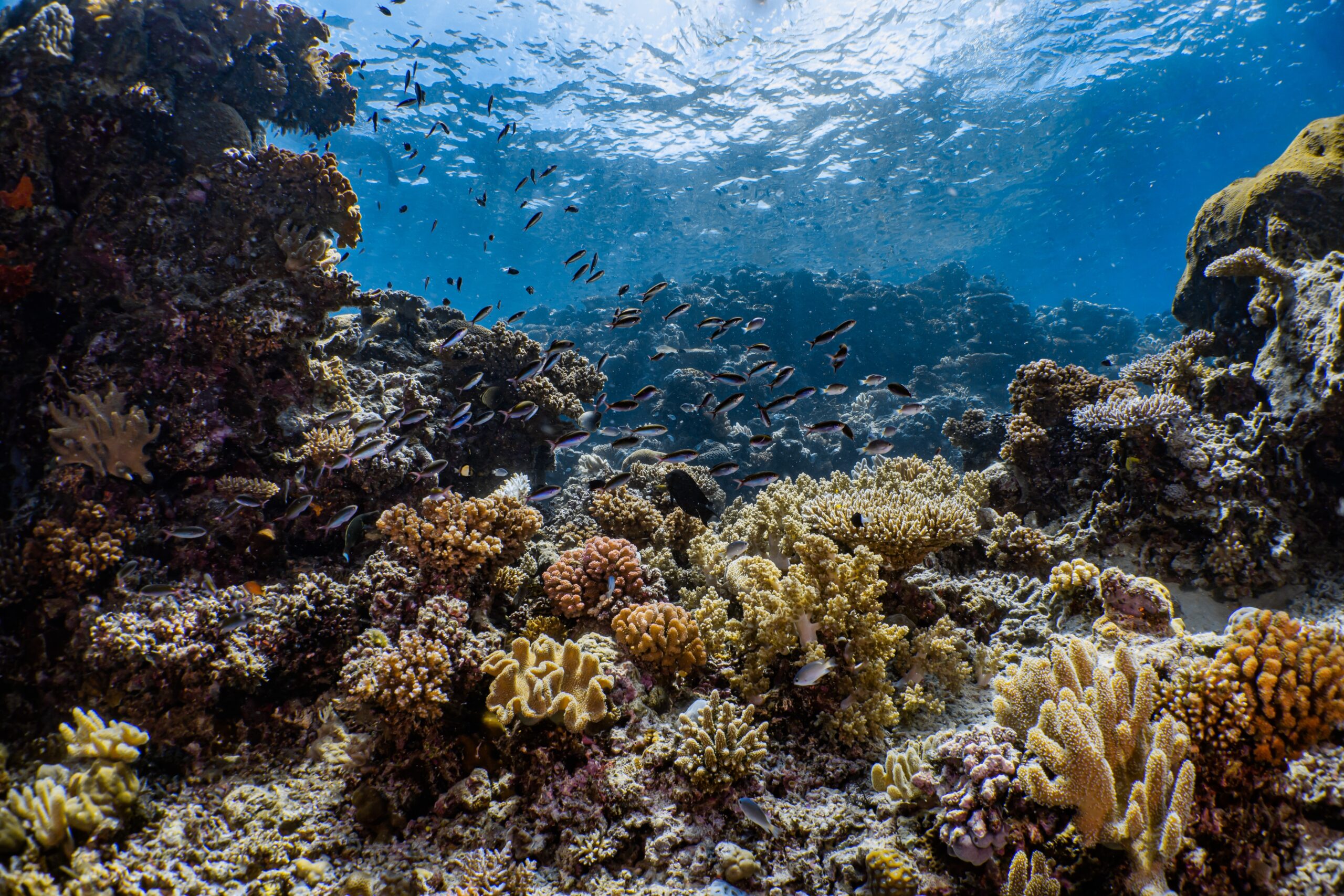
The Great Barrier Reef Marine Park, established in 1975, stretches over 344,400 square kilometers along Australia’s northeastern coast, making it one of the largest marine parks in the world. The park protects the world’s largest coral reef system, home to over 1,500 species of fish, 400 types of coral, and numerous endangered marine species like the dugong and green sea turtle. It is a UNESCO World Heritage site, playing a crucial role in global marine biodiversity. This park is a premier destination for snorkeling, diving, and marine research, drawing millions of visitors annually while promoting conservation of its fragile coral ecosystems.
This article originally appeared on Rarest.org.
More from Rarest.org
17 Exotic Beetles with Remarkable Coloration and Design
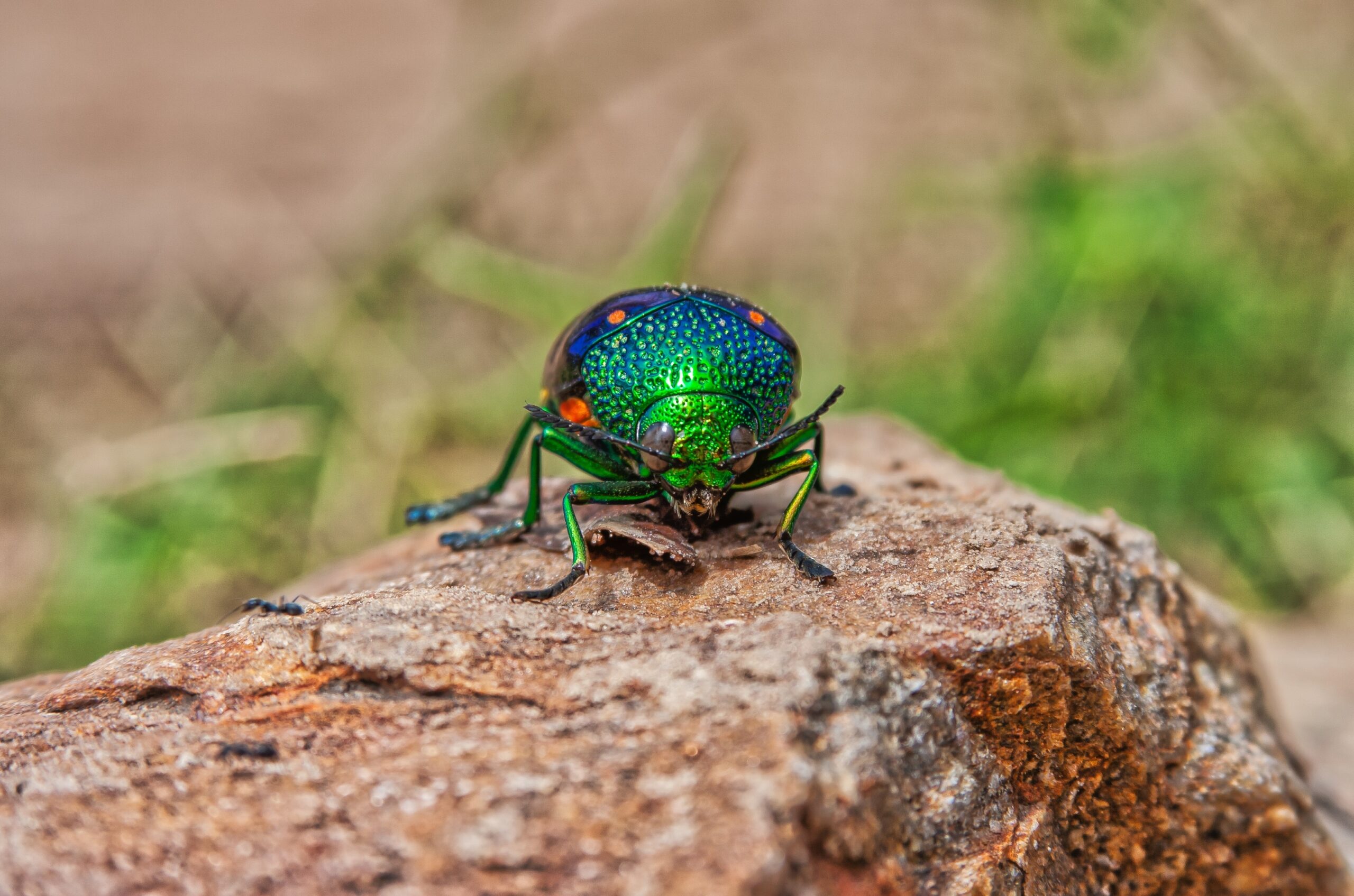
Beetles come in a wide variety of vibrant colors and intricate designs. These remarkable insects, found in diverse habitats, often captivate with their exotic appearances. Read More.
16 Native Species Threatened by Human Activity
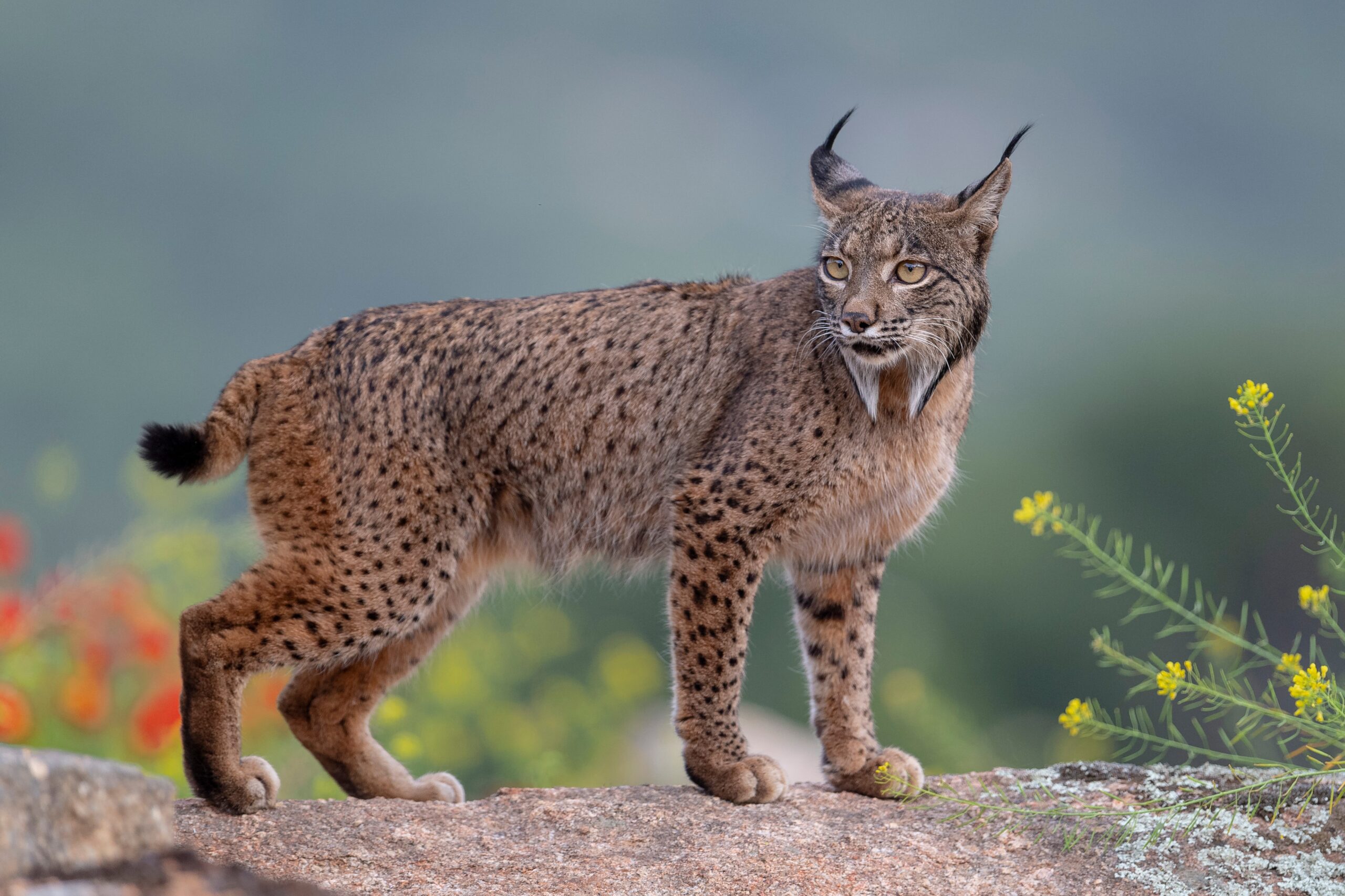
Human activity is rapidly impacting wildlife across the globe, pushing many native species to the brink of extinction. Read More.
21 Magnificent Mammals with Unique Fur Patterns
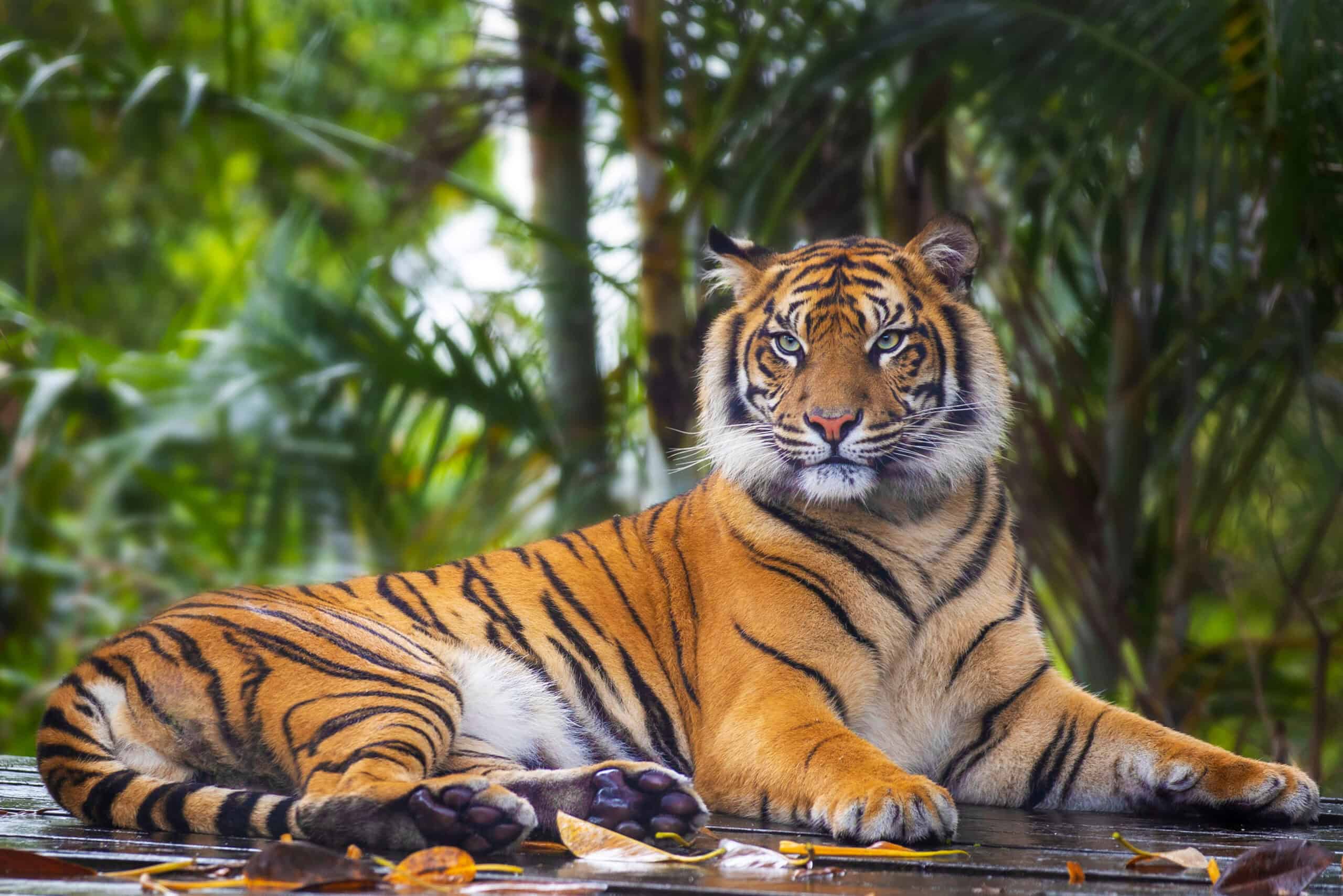
Nature’s creativity shines through the stunning fur patterns of certain mammals, making them stand out in their habitats. Read More.
